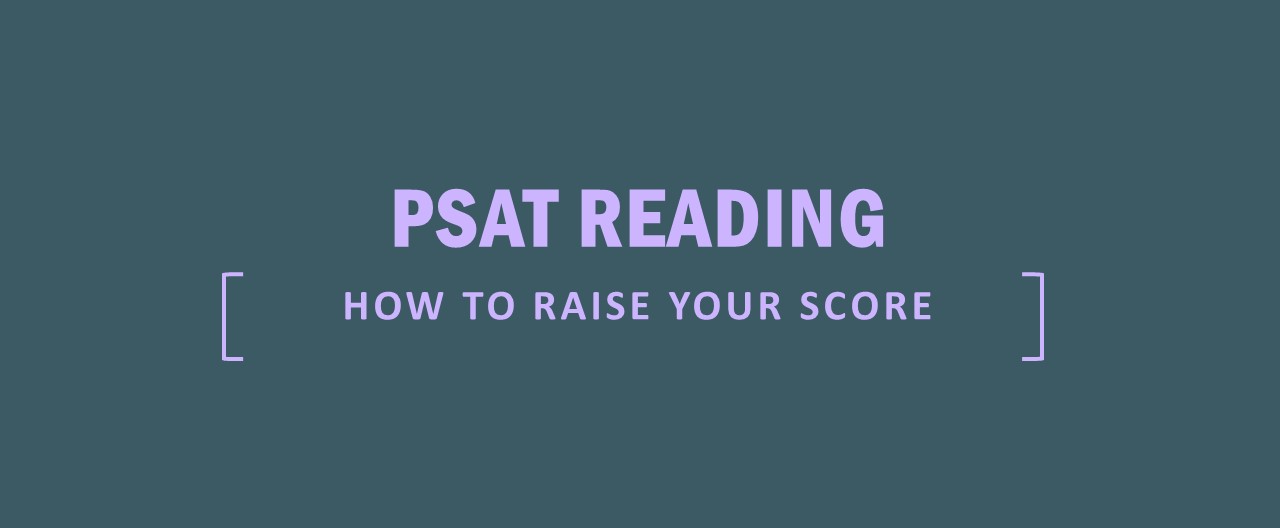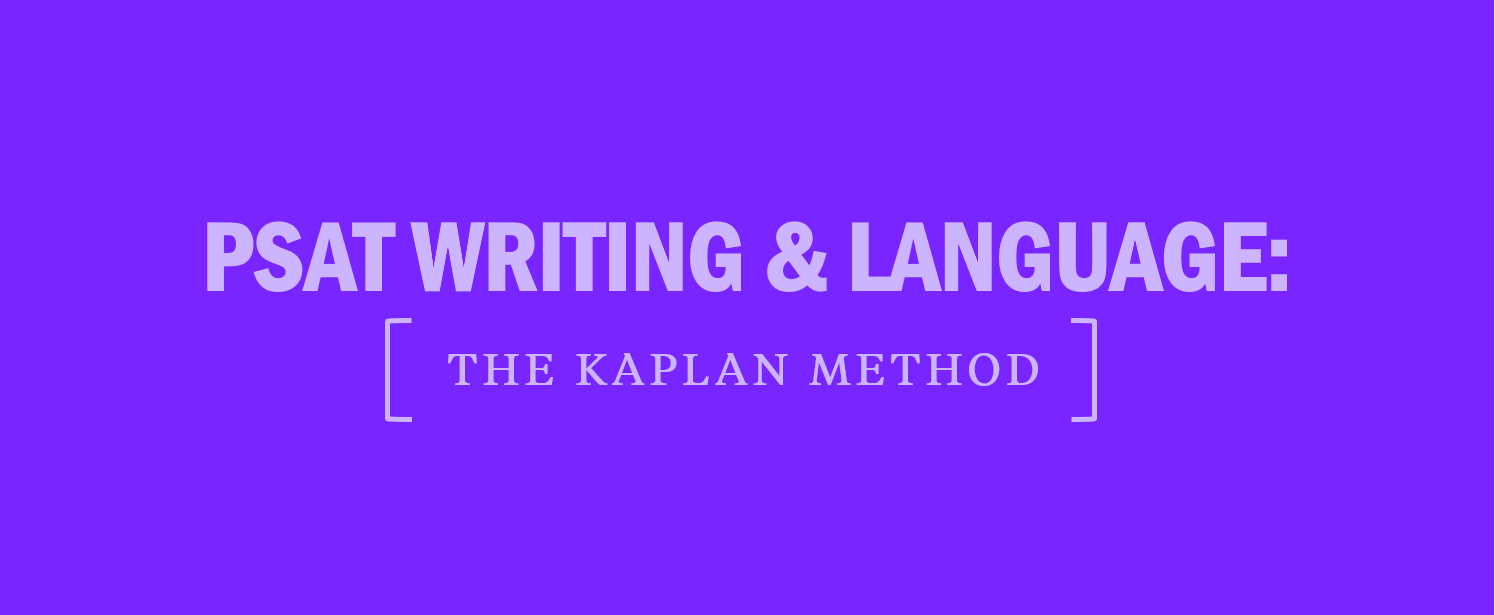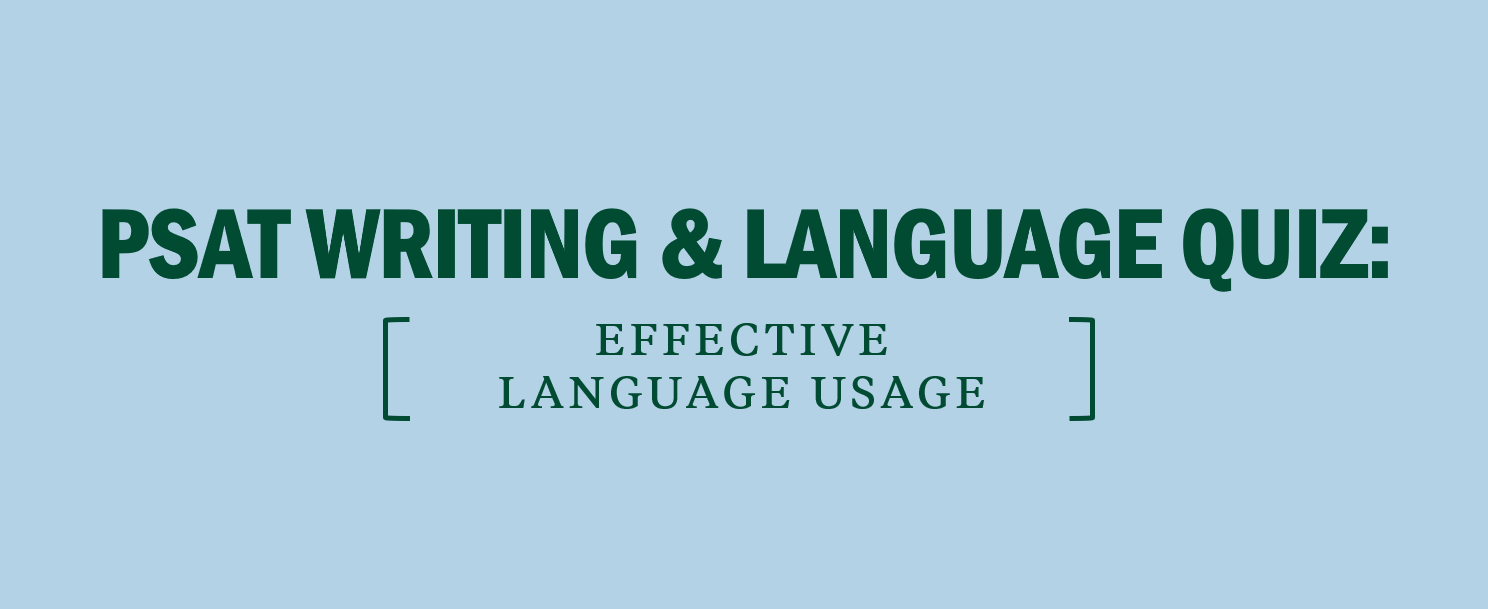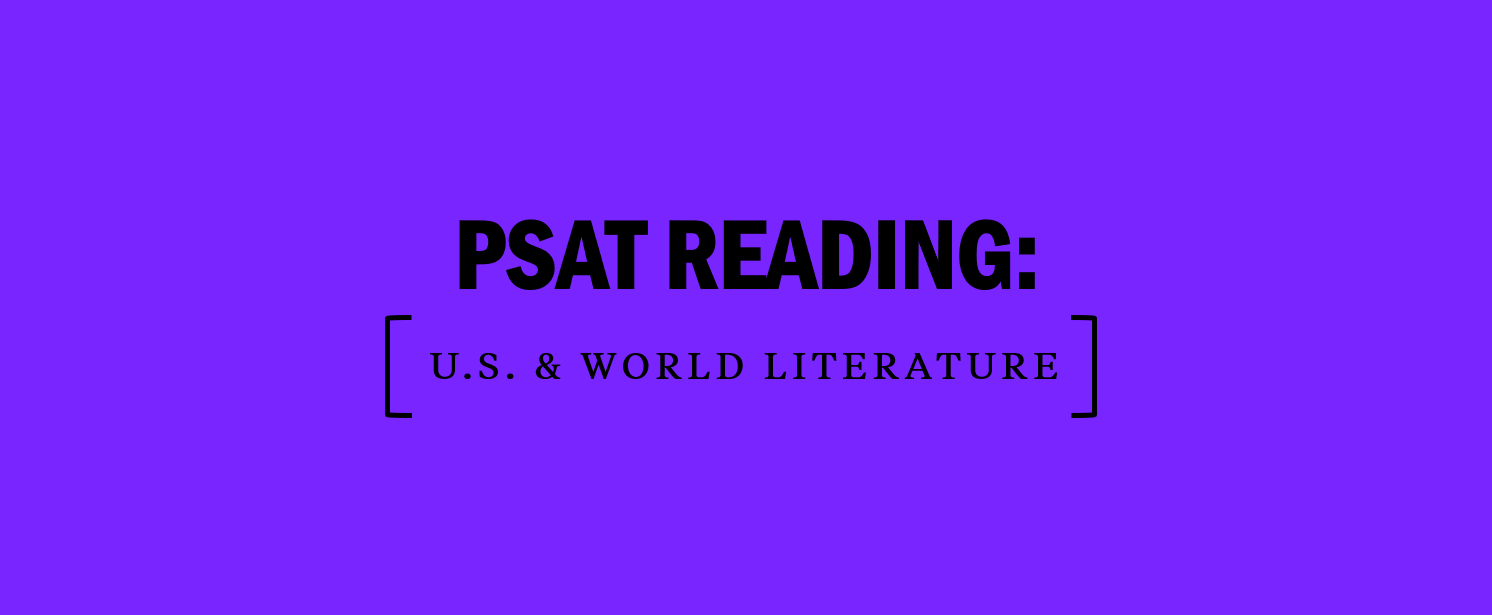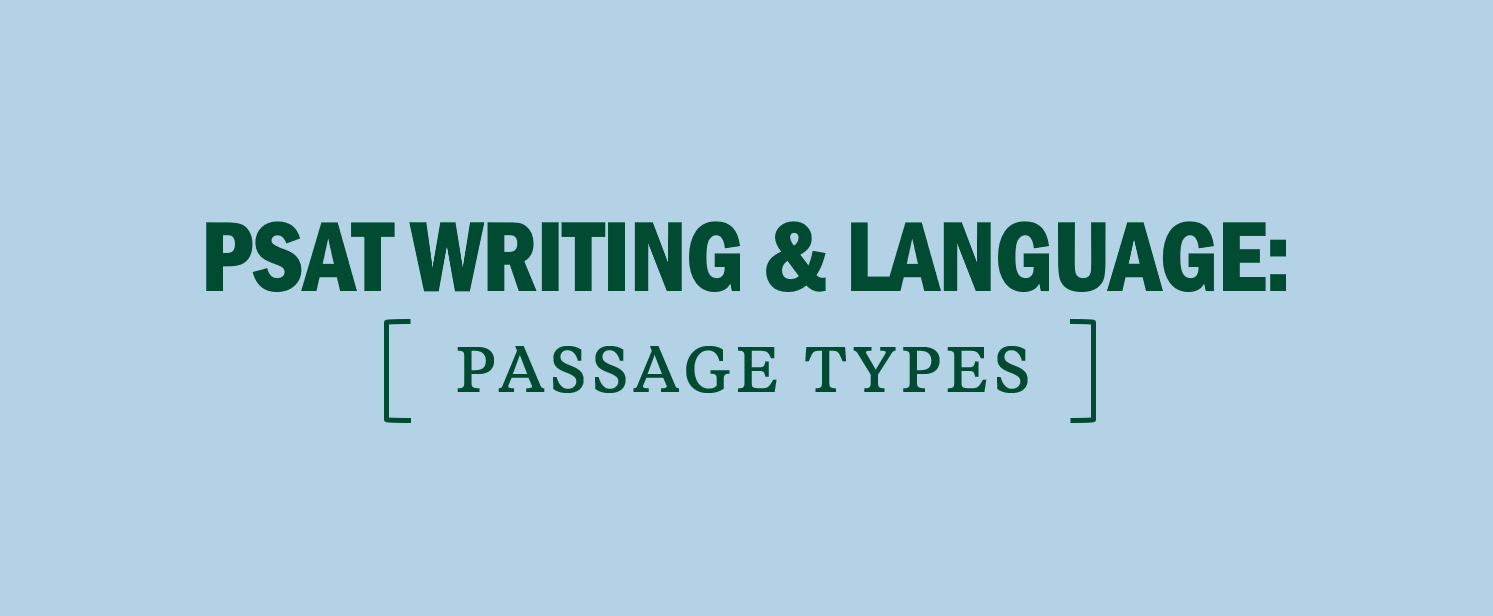PSAT Reading: How to Raise Your Score
In order to raise your score on the PSAT Reading test, there are three main skills you will want to master before PSAT test day. As you learn more about the PSAT Reading test, you’ll want to know how to:
- Identify the three types of passages on the PSAT Reading Test
- Passage Map passages using our method for Reading Comprehension, identifying keywords and central ideas across passage types
- Predict an answer and find its match among the answer choices using a Passage Map
Overview of the PSAT Reading Test Passage Types
| PSAT Reading Test Passage Distribution | |
| U.S. and World Literature | 1 passage; 9 questions |
| History/Social Studies | 2 passages OR 1 passage and 1 paired-passage set; 9–10 questions each |
| Science | 2 passages OR 1 passage and 1 paired-passage set; 9–10 questions each |
It is imperative that you use the Kaplan Method for Reading Comprehension for every passage on the PSAT Reading Test. Doing so ensures that you spend your time efficiently and maximize your opportunity to earn points.
The Kaplan Method for PSAT Reading Comprehension
The Kaplan Method for Reading Comprehension consists of three steps:
Let’s take a closer look at each step.
Step 1: Read actively
Active reading means:
- Ask questions and take notes as you read the passage. Asking questions about the passage and taking notes are integral parts of your approach to acing the PSAT Reading Test.
You should ask questions such as:
- Why did the author write this word/detail/sentence/paragraph?
- Is the author taking a side? If so, which side?
- What are the tone and purpose of the passage?
Make sure you remember to:
- Identify the passage type.
- Take notes, circle keywords, and underline key phrases.
Step 2: Examine the question stem
This means you should:
- Identify keywords and line references in the question stem.
- Apply question type strategies as necessary.
Questions will range from general to specific. By using clues in the question stem to identify what the question is looking for, you will be better able to complete Step 3 of the Kaplan Method for Reading Comprehension.Expert Tip
Step 3: Predict and answer
This means you should:
- Predict an answer before looking at the answer choices, also known as “predict before you peek.”
- Select the best match.
Predicting before you peek helps you:
- Eliminate the possibility of falling into wrong answer traps.
PSAT Reading: Passage Mapping
Step 1 of the Kaplan Method for Reading Comprehension dictates that you must take notes as you read the passage. We call these notes a Passage Map because they guide you through the passage and will lead you to the correct answers.
A Passage Map should not replace the occasional underline or circle—it is important that you underline, circle, and take notes to create the most effective Passage Map.
Make sure you pay attention and take note of the following when you map the passage:
- The “why” or the central idea of the passage—in other words, the thesis statement
- Transitions or changes in direction in a passage’s logic
- The author’s opinions and other opinions the author cites
- The author’s tone and purpose
While Passage Mapping may seem time-consuming at first, with practice it will become second nature by Test Day, and your overall PSAT Reading Test timing will greatly improve because you’ll spend less time searching the passage for answers to the questions.
Remember, the PSAT Reading Test is an open-book test! The answer is always in the passage.
Just as the passages span different genres, your approaches will also vary from subject to subject. The approach for each type of PSAT Reading Test passage will be addressed in this chapter.
Previous: What’s A Good PSAT Score?
Next: PSAT Reading: U.S./World Literature Passages

